Screenshot of an AI video created by Sora 2 and shared by OpenAI on September 30, which includes a digital image of the company's CEO - Mr. Sam Altman
Wired magazine assessed this as OpenAI's strategic move to once again change the way users approach AI technology, just like ChatGPT did.
This move comes as giants like Google and Meta are making similar moves, signaling a new wave of AI integration into social networks. In particular, OpenAI is taking advantage of the turmoil surrounding TikTok in the US to enter the short video market.
Ambitious social network
Sora 2 marks a huge step forward from the first version, which was only released publicly in December 2024. According to OpenAI, Sora 2 significantly improves the ability to simulate realistic movements and has "better compliance with the laws of physics".
Sample videos shown by OpenAI show complex scenes like acrobatic gymnasts, skateboarders performing difficult tricks, or martial artists performing in a koi pond with astonishing realism.
The breakthrough is that Sora 2 is able to automatically generate audio to match visual content, even voice, opening up the possibility of producing videos with complete dialogue from just text commands.
“This model is far from perfect and has many flaws, but it is a confirmation that continuing to scale neural networks on video data will bring us closer to simulating reality,” OpenAI wrote in the announcement.
However, the focus of the product launch event on September 30 was on the social network Sora - the "debut" mark of the AI company pioneering the billion-dollar content industry.
At first glance, Sora feels familiar with its vertical scrolling interface and algorithm for recommending content based on user preferences - features that are already "familiar" to young users through TikTok, YouTube Shorts or Facebook Reels.
The breakthrough is that the videos shared here are all AI-generated. Sora has a "Cameo" feature that allows users to create a digital image of themselves (called likeness by OpenAI) through a video and voice recording when creating an account.
Users can then have this digital image appear in AI videos or let friends create videos that “feature” them. A visual example is a video of them riding a roller coaster together, even though no one is actually there.
To address security concerns, OpenAI implements a number of measures: all AI-generated videos are watermarked with a notification; users receive notifications whenever their digitized images are used and can revoke them at any time; and automated moderation systems block unsafe content as soon as a video is created.
The launch of Sora 2 reflects the trend of integrating AI into video social networks that is spreading in the technology industry - Illustration photo
The trend is spreading
The launch of Sora 2 reflects a trend of AI integration into video social networks that is spreading across the tech industry. In September 2025, Google integrated Veo 3 - its advanced AI video creation tool - directly into YouTube Shorts.
Veo 3 is considered a formidable competitor with the ability to create high-quality videos and deeply integrate into the YouTube ecosystem that already has billions of users.
Last week, Meta also launched the “Vibes” feature in the Meta AI app. Like Sora, Vibes provides a dedicated space for creating and sharing short AI videos. The move shows that Meta is leveraging the Facebook and Instagram platforms to quickly dominate the AI content market.
Notably, TikTok has taken a cautious approach. Despite its AI Alive feature that turns photos into videos, TikTok recently tightened its rules, explicitly banning AI content that “misleads about important public issues or causes personal harm.”
This reticence may stem from regulatory pressure and concerns about misinformation — a bright spot for privacy advocates, but also a double-edged sword that could hold TikTok back.
Legal risks
Despite its potential, OpenAI has been controversial in its approach to copyright. According to the Wall Street Journal, Sora 2 can create videos containing copyrighted material unless the intellectual property (IP) owner explicitly opts out. This approach goes against the norm, which usually requires prior permission.
“I think they’re certainly opening the door to lawsuits in specific cases,” said Stanford Law School professor Mark Lemley, who represented Anthropic, OpenAI’s leading AI rival, in a recent copyright lawsuit.
“Our general approach is to treat personal image rights and copyright separately,” said OpenAI chief strategy officer Jason Kwon, implying the company won’t create images of celebrities without permission, but will take a stance on other copyrighted content.
Back to topic
NGOC DUC
Source: https://tuoitre.vn/openai-ra-mat-mang-xa-hoi-cuoc-cach-mang-ai-2-0-20251001234429417.htm


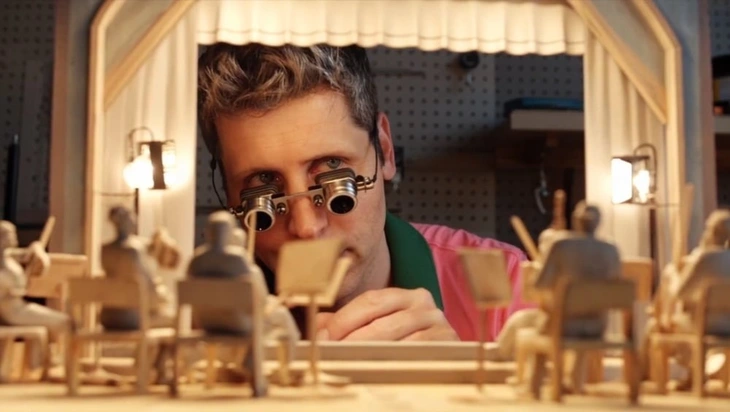
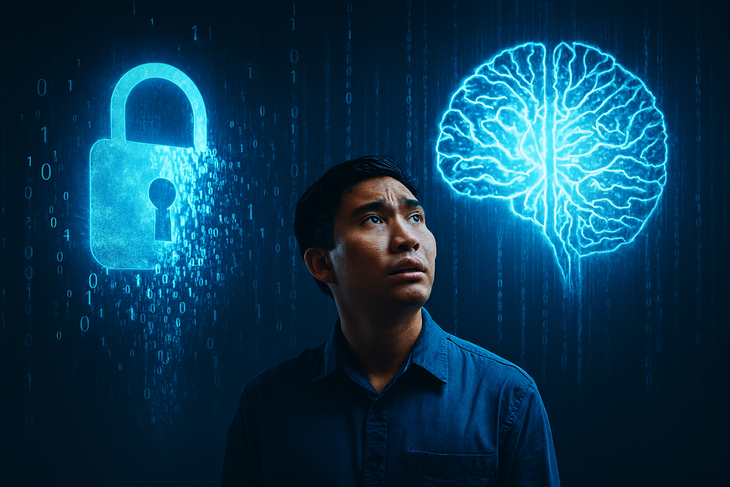
![[Photo] Binh Trieu 1 Bridge has been completed, raised by 1.1m, and will open to traffic at the end of November.](https://vphoto.vietnam.vn/thumb/1200x675/vietnam/resource/IMAGE/2025/10/2/a6549e2a3b5848a1ba76a1ded6141fae)





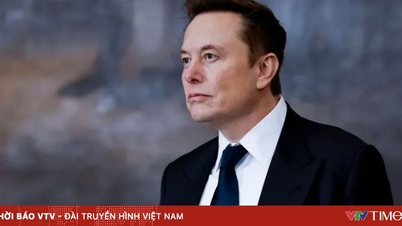

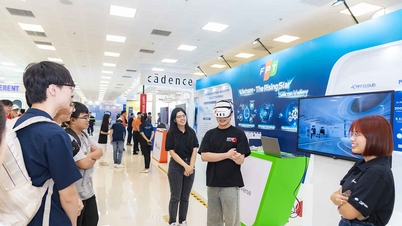

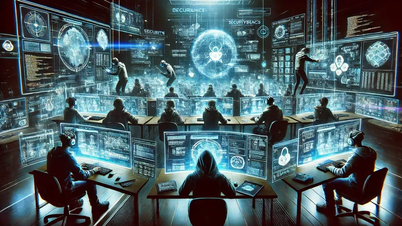

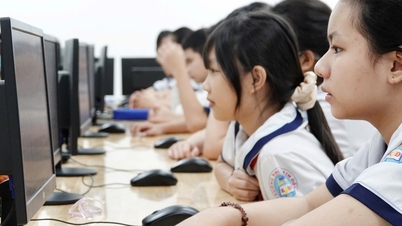

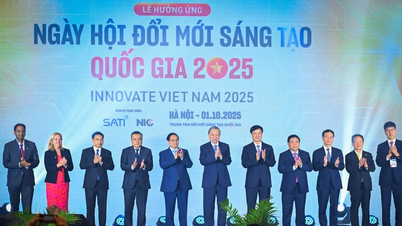


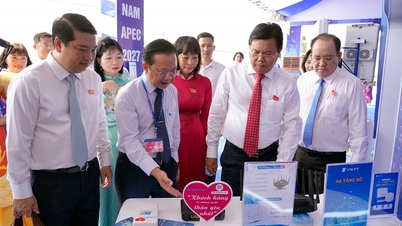
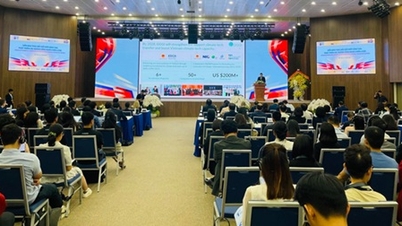
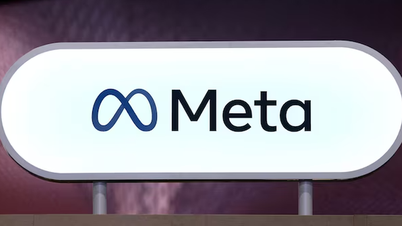
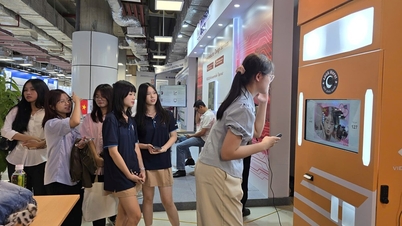

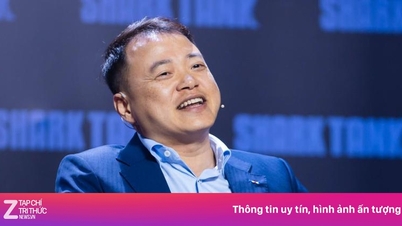








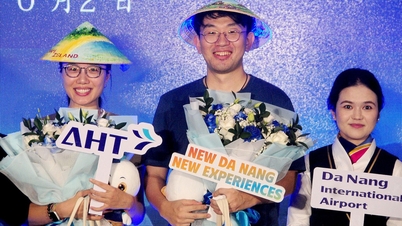





































































Comment (0)